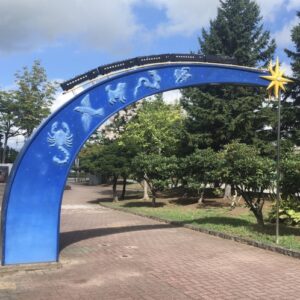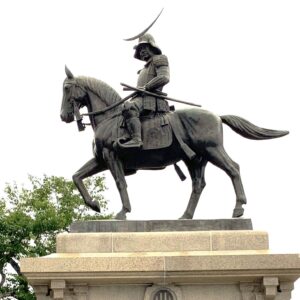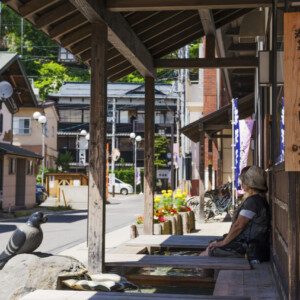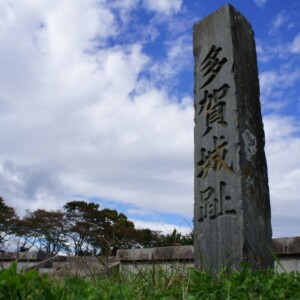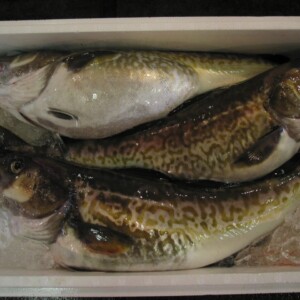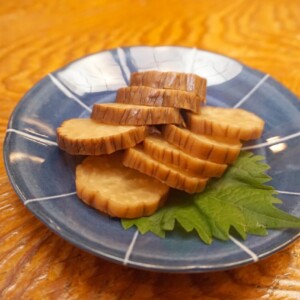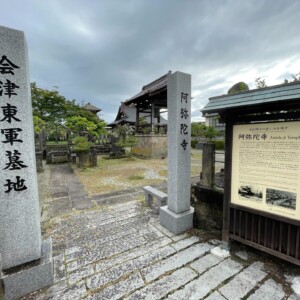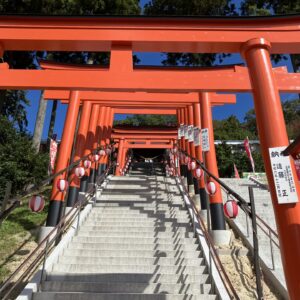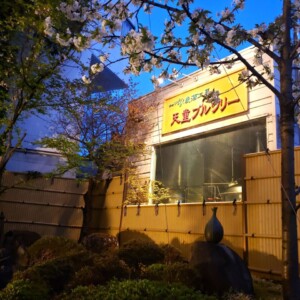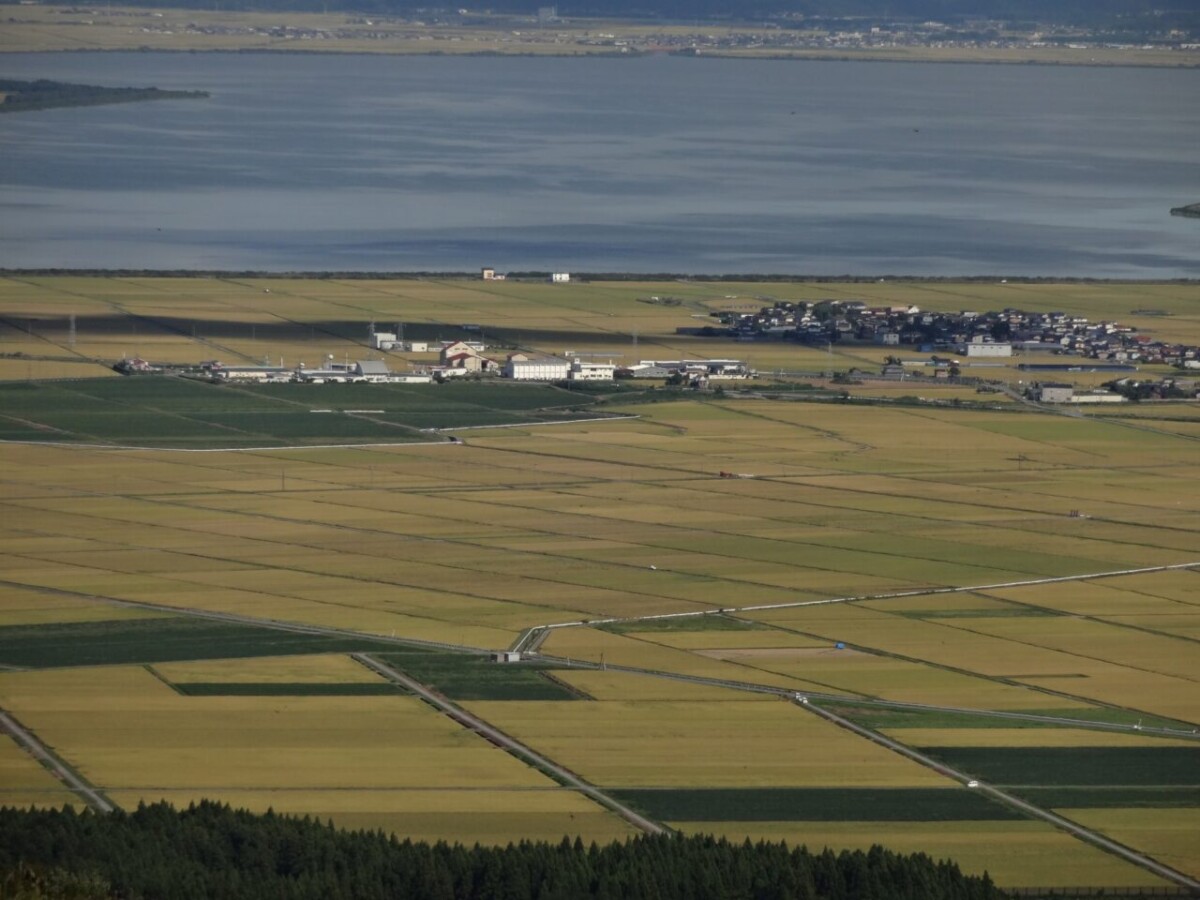
[Akita Prefecture] What is the Ogata Village Reclamation Museum? Introducing a popular spot where you can learn about the history of Ogata Village
table of contents
- 1 What is the Ogata Village Reclamation Museum?
- 1.1 Ogata Village Reclamation Museum <Information>
- 1.2 Things you can learn at the Ogata Village Reclamation Museum ① "Hachirogata Lagoon Reclamation Project"
- 1.3 What you can learn at the Ogata Village Reclamation Museum ② "The achievements of Peter Philips Janssen"
- 1.4 Things you can learn at the Ogata Village Reclamation Museum ③ "Agriculture in Ogata Village"
- 2 summary
Ogata Village in Akita Prefecture was created by reclaiming land from a lake, but many people probably don't really understand why such a project was undertaken
In this article, we will introduce the Ogata Village Reclamation Museum, where you can learn about the Hachirogata reclamation project and the history of Ogata Village
What is the Ogata Village Reclamation Museum
Lake Hachirogata, the second largest lake in Japan, was reborn as Ogata Village in 1964 with technical assistance from the Netherlands
At the Ogata Village Reclamation Museum, you can learn about the history of Ogata Village, which has contributed to Japanese agriculture as a model farming village while adapting to changes in social conditions
In addition to the permanent exhibits at the Ogata Village Reclamation Museum, where you can learn about the history of Ogata Village from the Hachirogata reclamation project to the present day, the museum also focuses on various hands-on learning experiences, such as cooking rice in a kamado (a rice cooker) and operating large heavy machinery
Ogata Village Reclamation Museum <Information>
- Name: Ogata Village Reclamation Museum
- Address: 5-2 Nishi, Ogatamura, Minamiakita-gun, Akita Prefecture, 010-0445
- Phone number: 0185-22-4113
- Official URL: https://museum.vill.ogata.akita.jp/
Google Map
Here are three things you can learn at the Ogata Village Reclamation Museum
the Ogata Village Reclamation Museum ① "Hachirogata Lagoon Reclamation Project"
The Hachirogata Lagoon Reclamation Project was launched in 1957 as a national project aimed at alleviating postwar food shortages, and was once a rich fishing ground where seawater and freshwater mixed and more than 70 species of seafood lived
Bringing together Japan's civil engineering technology and with technical cooperation from the Netherlands, reclamation work was carried out in 1966, and the New Rural Construction Corporation continued with core construction work, leading to the completion of the Hachirogata reclamation project in March 1977
At a cost of 85.2 billion yen, Lake Hachirogata was transformed into Ogata Village, with 17,239 hectares of farmland
The Ogata Village Reclamation Museum provides easy-to-understand explanations of this situation through exhibits on the former depth of Lake Hachirogata and a large, three-screen multi-screen theater exhibit
Reference: Beautiful Country Akita Net "The Great Project of the Century: Hachirogata Reclamation"
Reference: Ogata Village Reclamation Museum "Introduction to the Permanent Exhibition"
the Ogata Village Reclamation Museum ② "The achievements of Peter Philips Janssen"
Peter Philips Janssen was a technical consultant born in 1902 in Dordrecht, the Netherlands
He inspected Lake Hachirogata in 1954 and submitted a document to the government entitled "Observations on Land Reclamation in Japan," outlining the outline of the reclamation plan and its advantages. He also contributed to the progress of the Hachirogata reclamation project by visiting Japan several times to provide guidance
The reason for this is that in 1957, a storm hit the Netherlands, which has a vast reclaimed land area, causing the levee facing the North Sea to collapse, resulting in hundreds of casualties.Since then, all reclamation levees in the Netherlands have been designed to withstand any wind, rain, or rough waves for 1,000 years
Specifically, Peter Philips Janssen conveyed the following four things to the Japanese engineers:
- The data on which the plan is based, such as tide levels and rainfall, is based on the "probability of exceedance," which is a value that far exceeds past records
- To scientifically determine superiority and inferiority based on thorough research results without compromise
- Surveys should continue before, during and after construction begins
- All construction work is done by machine and completed in a short period of time
We also devised a unique sandbed construction method, which involves removing the mud up to 5m below the embankment, replacing it with sand, and then piling up the soil on a sand bed about 2m deep, thereby eliminating the softness of the ground
At the Ogata Village Reclamation Museum, you can see panel exhibits detailing the achievements of Peter Philips Janssen and the history of the Hachirogata Reclamation Project
Things you can learn at the Ogata Village Reclamation Museum ③ "Agriculture in Ogata Village"
Ogata Village is a pioneer in the country in actively promoting pesticide-free and organic farming. This is because settlers are selected from all over the country and undergo a year of training before settling in Ogata Village. Their understanding of advanced agriculture has allowed the initiative to proceed smoothly
For example, Ogata Village began its organic farming efforts in the mid-1980s, and stopped aerial spraying of pesticides in 1990
In addition, the Eco-Farmer System has now reduced the frequency and amount of pesticides and chemical fertilizers used on rice and other agricultural products by 20 to 30%
The Ogata Village Reclamation Museum uses models and dioramas to provide detailed explanations of the settlers as they tackled the unknown territory of advanced, large-scale mechanized agriculture on reclaimed land
Reference: Ogata Village Encyclopedia "Changes in farmland and agriculture in Ogata Village"
summary
I found that the Ogata Village Reclamation Museum is a fun and informative museum where you can learn in detail about everything from the Hachirogata Lagoon Reclamation Project Plan to the advanced agriculture that is currently prevalent in Ogata Village
If you are interested in reclamation projects and agriculture, be sure to visit


![Hot springs gush out in a place where there are no volcanoes! "Yuzawa Geopark" where you can see the mystery of the earth up close [Akita Prefecture] 4550228_m](https://jp.neft.asia/wp-content/uploads/2023/02/4550228_m-150x150.jpg)
![The popular game "Matagi" started in Kitaakita City! [Akita Prefecture] matagi](https://jp.neft.asia/wp-content/uploads/2024/04/matagi-150x150.jpg)
![Yurihonjo City, where Honjo, Kameda and Yajima domains were intersected between the Kubota and Shonai domains [Akita Prefecture] FF2C8AAA4350E7E179F97F97B38B3A2302F-1](https://jp.neft.asia/wp-content/uploads/2024/04/ff2c8aaa4350e7e179f97f38b3a2302f-1-150x150.jpg)
![Why do Nama balds take knives to tempt people - Oga Peninsula and the Legend of the Demon (1) [Akita Prefecture] New Year's Eve Event 001 @OGA City](https://jp.neft.asia/wp-content/uploads/2024/10/00bf8a32651033edd1191ba2d04c6f61-150x150.jpg)
![Akita Cedar, which has been close to people's lives since ancient times, is a close look at the reasons and secrets [Akita Prefecture] Ninfu Mizusawa Cedar Rare Population Protection Forest (Noshiro City, Akita Prefecture)_Travel Tohoku](https://jp.neft.asia/wp-content/uploads/2025/05/792bcbe7d9fd514753f4deeaca3de33f-150x150.jpg)
![The submerged forests of Lake Akiogi can only be seen from May to June! A mysterious sight with trees floating in the lake [Akita Prefecture] Submerged forest of Lake Akifan](https://jp.neft.asia/wp-content/uploads/2023/07/IMG_5033-150x150.jpg)
![[Chokaisan and Tobishima Geopark: Yurihonjo Edition] A strata from when Japan was the Eurasian continent can be seen B5C46A18BC0CC0CC0E9AD08084EAA5B](https://jp.neft.asia/wp-content/uploads/2024/04/b5c46a18bc0cc79de0e9ad08084eaa5b-150x150.jpg)
![Is Nama bald real? Traces of demons remaining throughout the Oga Peninsula - Oga Peninsula and the Legend of Demons (2) [Akita Prefecture] 1. Namahage Shiba Lighting Festival](https://jp.neft.asia/wp-content/uploads/2024/09/1076350e647a6476081bad8cd4fd6159-150x150.jpg)
